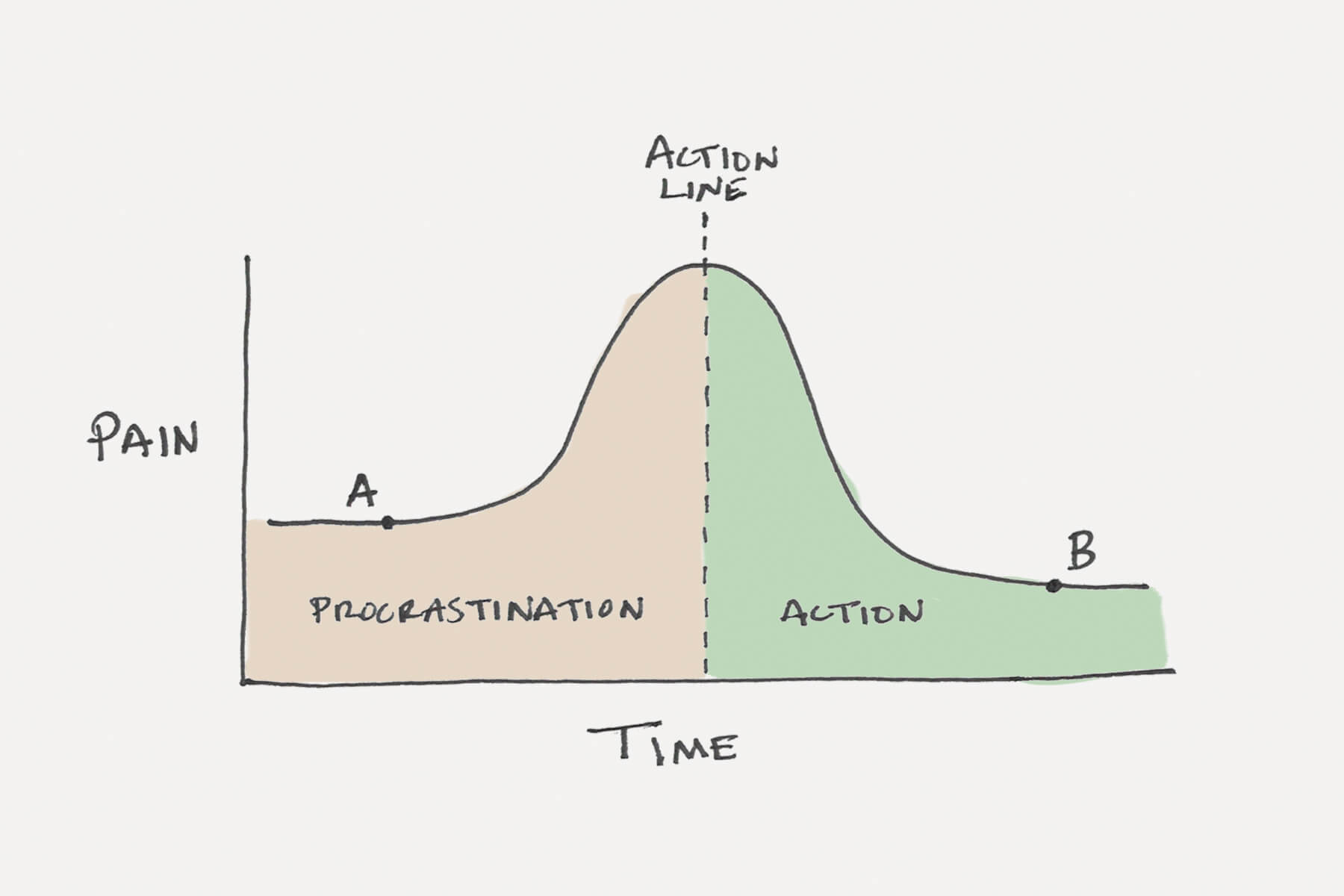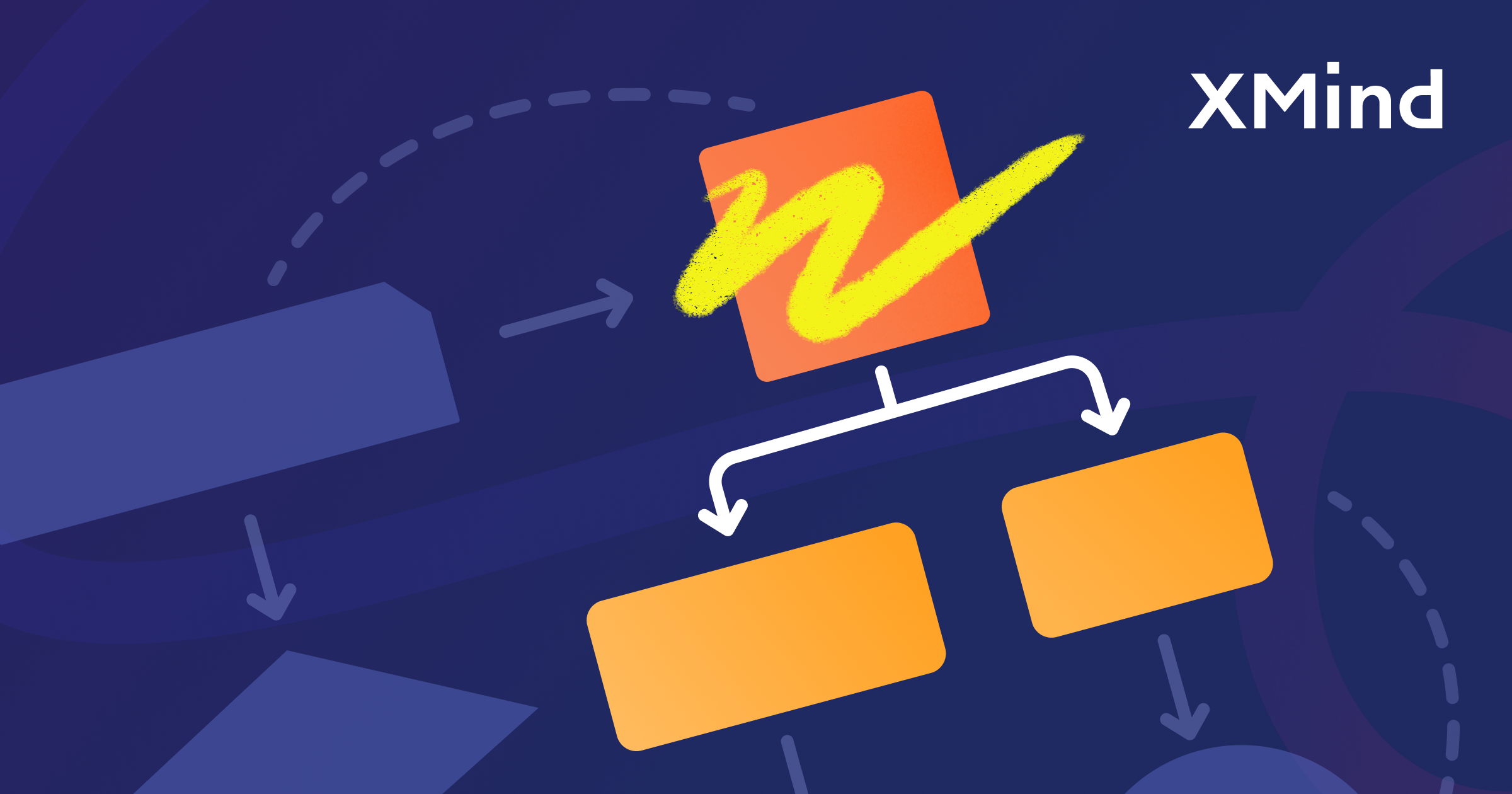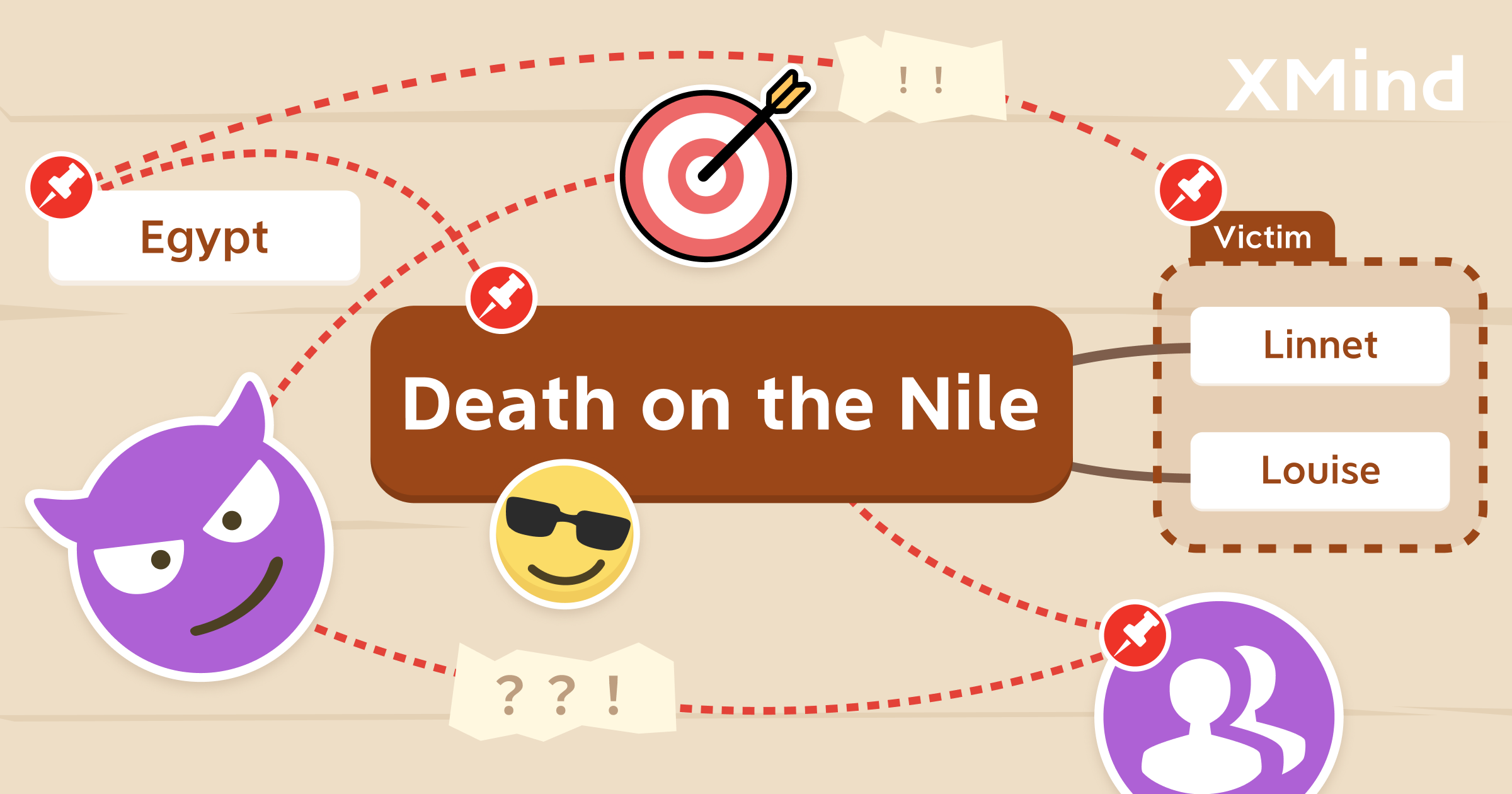Jun 17, 2020
Crack and Free Yourself From Procrastination with XMind

Jun 17, 2020
Crack and Free Yourself From Procrastination with XMind

“You may delay, but time will not.” - Benjamin Franklin
Have a goal, and imagine how it would be when you’ve achieved it when writing it down is joyful. Well, when it turns to the action part, we stuck and delayed. We know procrastination is painful and guilty, but sometimes we just can’t resist it.
However, procrastination can be positive - it reveals some insights and facts inside of you. Face it, and analyze it, then finding a solution will be much easier and effective. Let’s face the procrastination, drill in a bit, and view it in a new way.
What is Procrastination
Procrastination is the avoidance of doing a task that needs to be accomplished by a certain deadline. It could be further stated as a habitual or intentional delay of starting or finishing a task despite knowing it might have negative consequences.
Why We Are Trapped in Procrastination
Laziness is the one that gets the blame usually. Well, it's not 100% true. Find out what's behind the scene.
Our Brain Values Rewards Differently
According to behavioral psychology, our brain value immediate rewards highly than future rewards due to the time inconsistency, and temporal self-discontinuity or temporal disjunction makes the gap bigger.
For example, you decided to learn a new instrument, then made plans, and set a goal of playing 3 songs in three months. The one who makes plans and decisions, and envision the result is the one for today - the Present Self; while the long-term achievement belongs to the one in the next three months - the Future Self.
Present Self make decisions and take actions, which are instant satisfaction, and gratification. But the Future Self is different - it takes long-term benefits, and hence, value long-term rewards.
Present Self and Future Self are disconnected with each other which leads to different ways of procrastination, and it is easy to understand why the rewards which are far for the Future Self is not attractive enough.
Abstract Goals Settings
It turns out that people are more likely to procrastinate when the goals are vague or abstract.
“Lose Weight” and “Get Exercise” are relatively vague goals, and they might lead to procrastination. “Play Badminton on Monday after work with the colleagues” is more specific, and you might have the tendency for real actions.
Lack of Reasons/Ideas to Do it
We may put the blame on laziness when procrastinate.
Well, sometimes it is not 100% true. Procrastination is not that bad, instead, it gives you an opportunity to reassess and think about what you’re doing. The reason why we don’t take the action is perhaps, you don’t feel motivated to do it, or have no idea of how to achieve the goal, and that leads to procrastination.
Let's Crack it
We all know that procrastination brings us guilt, shame and anxiety. In the Procrastination-action line graph below, being in the middle of procrastination is more painful, but once we pass the action line, the pain decrease.

As soon as we reach and pass the action line - start the work, the procrastination is gone.
Manage the the To-dos
We might have several tasks along. Compare with linear list, mind maps helps you to have a general grasp of the to-dos, no matter it’s a big project or trivial stuff.
Set Concrete Goals
As mentioned above, a goal with specific goal is the first step towards success. Ask yourself before the goal setting: What do I need to do?, with specific answers in detail. The question is simple, but plays an important role for ensuring your goals and tasks. Using mind maps to write down all the things you come up with, then drag and drop them to make it reasonable.

Don’t forget to remind yourself about “What do I need to do?” when making the maps.
Break the Tasks Down
Make solid steps to make the tasks achievable. When we have a purpose (make sure it’s concrete enough) and a solid plan, you can start it without hesitation.

Use stickers to mark those steps you think it’s hard, or time-consuming. If anythings change, you can add new steps in subtopics, or change the sequence by drag-and-drop.
Make Rewards for the Present
Since the long-term rewards of the future is not that attractive for Present Self, make it immediate. Reward or incentive yourself after finishing a step of the tasks, like a short break, or a piece of chocolate.

Motivation is fragile, but you can refresh it at any time. The visual progress is one of the great motivations. You can find quotes you like and set it as your desktop picture, or put it next to the computer.

Review the current progress mounts of the tasks refuels your energy and keep moving forward. Use Cross out in the Format Panel when finish the tasks, and track on the current status directly.

Do the thing you love while doing thing thing you procrastinate on. Like listen to the playlist you love while review the homework, having good food when thinking a hard question.
Don’t Panic when Procrastinating
It’s a sign of asking yourself to check and adjust the current pace. Go through the to-dos, and figure it out if there’s anything needs to be changed, then drag and drop for changing the tasks.
Add Priority/Urgency
Priority urges us to get things done, and it helps with procrastination. Besides the deadline setting, mark those tasks at first priority as Very Important with Style in Format Panel.

References
https://jamesclear.com/procrastination#What%20is%20Procrastination?
https://www.fastcompany.com/3060079/whats-your-procrastination-type
https://medium.com/the-post-grad-survival-guide/eliminate-procrastination-by-asking-two-incredibly-simple-questions-d8a3c926ae35
https://outwittrade.com/how-to-overcome-procrastination
More Posts
How to Create a Flowchart in XMind (2022) | Tutorial Videos
A compilation of tutorial videos on mind mapping techniques, tricks, and tips. Find in this post how to build a flowchart using shapes and the relationship feature in XMind.

How to Read a Detective Fiction: The Ultimate Guide with XMind
Enjoy reading detective stories with XMind and master these practical tips and tricks for both desktop and mobile.

Create and Organize Recipes With Mind Maps and Tree Table Templates
Using this free tree table template on the newest version of XMind you can create your own recipe, or document your favorite dishes for future tasty journeys in the kitchen!


One space for all your ideas
Organize thoughts, visualize structures, connect ideas, and unlock insights.
Get Started for Free


